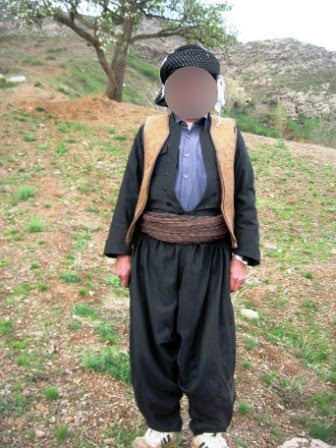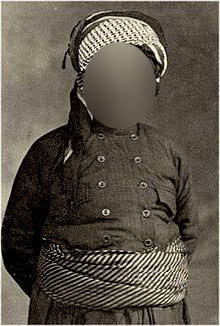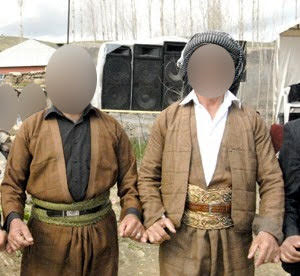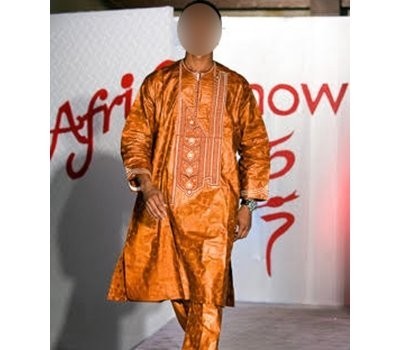The traditional costume of Saudi Arabia
26 April 2016
The Saudi traditional dress is our discovery of the day. Although one might think that clothes in the Arab world are all alike, there still are details that distinguish them from each other. Custom Qamis scrutinizes the Saudi male dress code, from the Qamis to the Shemagh, without forgetting the Bisht.
The Saudi Qamis
The Saudi Qamis, also called Thawb or Thobe, refers to that white long sleeved dress. It truly represents the centerpiece of the Saudi traditional dress and is therefore worn by all the locals. Made of cotton and synthetic fabric, Thawbs are generally white during summer and spring. In winter, they are to be found in darker black and blue shades. Since Saudi Arabia is a region with an arid climate, the Qamis constitutes the ideal clothing as it offers as much comfort as freshness to the one wearing it. The Saudi Thawb differs from the Qamis of neighboring countries in some fine details. The collar of the Saudi Qamis contains two buttons while its sleeves are as tight as those of a regular shirt. These sleeves are devoid of buttons but have holes for cufflinks.
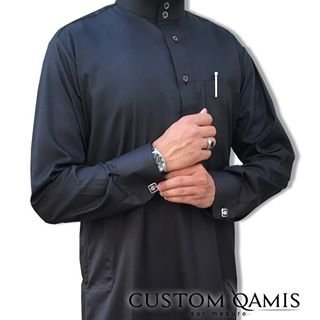
The Saudi Coat
The Saudi coat known as the “Bisht” is a fine garment that is worn over the Qamis. It is a very popular garment both in Saudi Arabia and the surrounding Arab countries. Fashionable and classy, the Bisht is only worn during special occasions like weddings or religious holidays. It is also the garb the imam wears on Friday sermons. The Saudi coat may be beige, black, brown, gray or cream. It is decorated with golden embroidery and closes by means of two strings with golden tassels. In winter, people wear a Bisht made of camel-hair wool to endure the low season temperatures.
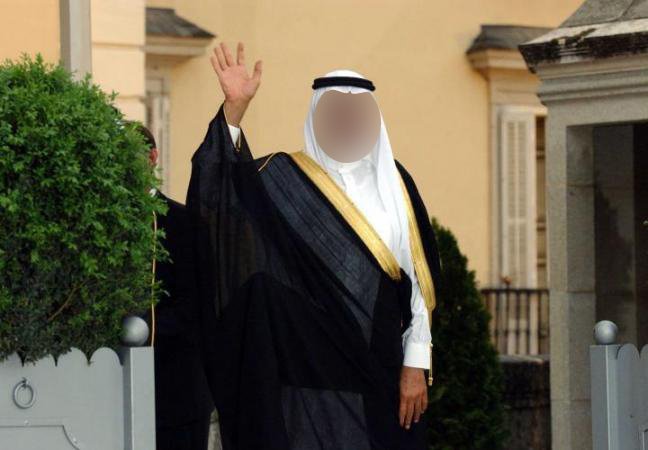
Source: www.majilet.com
The Saudi Headdress
The Saudi headgear is intrinsic to men. Saudis all wear something on their head. Moreover, due to a blazing sun and many sandstorms, it has become an indispensable accessory.
The Shemagh
The Shemagh is a scarf with a red and white checkered pattern. The price of this woven cotton fabric varies depending on the quality of the yarn it is made of. The more the scarf will be processed, the more expensive it will be. There even are woolen models available for cold days. This traditional garment of the Saudis may also be worn on the head, or on a Taqiyah for more steadiness. The Shemagh is maintained by an Iqal: an Arab clothing accessory. It serves to protect from the sun or sandstorms and may be worn in different ways: loose, on the sides, towards the rear, or even tied in a knot.
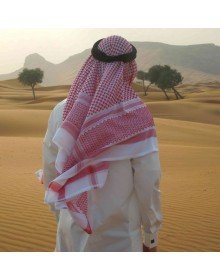
The Taqiyah
The Taqiyah or Sheshiya is a white embroidered cap. It allows one to fasten the Ghutra or Shemagh so that the headscarf doesn’t slide.
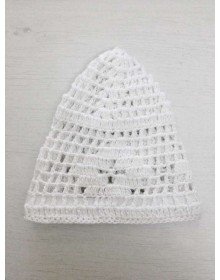
The Iqal
Made of synthetic yarns or goat wool, the Iqal, Agal or Igal is a clothing accessory in the form of dual hoops. It keeps the Ghutra or Keffiyeh in place. Some of its models have a Tarbusha (a small cord with a suspended tassel at the rear).

The Sandals
Sandals, which are called “N3ala”, are an extra accessory of the Saudi traditional dress. Due to the sunny weather, it is hard not to notice them since they are worn by all citizens in the Saudi Kingdom. Made out of leather or plastic, its price varies depending on the material to be used.
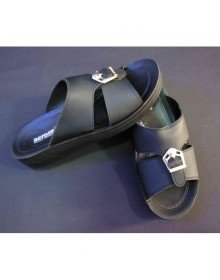
The geographical location, climate and religious code are all criteria that determine the dress code of a country. The Saudi, Emirati and Qatari Qamis reflect modesty in cut clothing, comfort and freshness in a garment and the elegance of white. Although they seem identical at first, their collars or sleeves subtly remind us of their country of origin.
16 Comments
